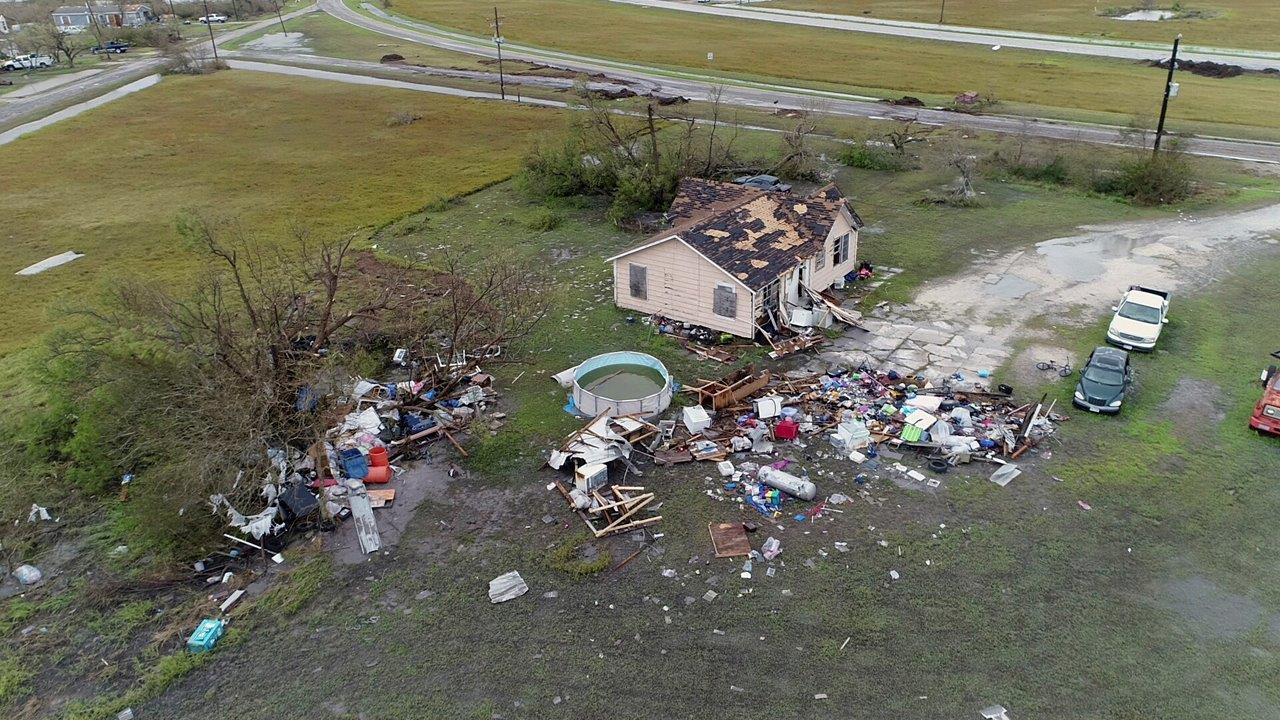Key flood insurance underwriter sinks further into debt as Harvey slams Texas
As responders across the country move into areas of Texas inundated by Tropical Storm Harvey, one federal flood insurance program is sinking further into debt.
The National Flood Insurance Program (NFIP), the singular source of flood insurance for most Americans, is already $23 billion in debt after servicing prior natural disasters, including Hurricanes Sandy and Katrina. Costs from Harvey are expected to increase that debt by billions of dollars. The NFIP, which is overseen by FEMA, has borrowed money from the U.S. Treasury, and thus from taxpayers, in order to keep itself running. That debt is due next month, when the program is also up for reauthorization in Congress.
The government has already said it would be impossible for the flood program to repay such a staggering amount of dues, causing some to believe the program needs a major overhaul to prevent structural debt accumulations every time there is a disaster situation.
The Government Accountability Office has included the program on its “High-Risk List” since 2006, finding flaws with its fundamental structure.
“[The] lack of sufficient [NFIP] revenue highlights what have been structural weaknesses in how the program is funded,” a recent GAO report said. “Since the program offers rates that do not fully reflect the risk of flooding, NFIP’s overall rate-setting structure was not designed to be actuarially sound in the aggregate, nor was it intended to generate sufficient funds to fully cover all losses.”
However, the urgency and gravity of the situations in Texas and Louisiana could pressure lawmakers into pushing through a quick reauthorization before the program before its September 30 expiration. Others are hopeful lawmakers may pass a temporary reauthorization while working on longer-term reforms, including potentially updating zoning maps and expanding coverage options to private insurance companies.
FEMA estimates that the damage from just one inch of water can exceed $20,000. In the coastal areas of Texas, rainfall was expected to reach up to 50 inches before the storm completely cleared out of the region.
Fifty-two percent of Houston’s residential and commercial properties are located outside of FEMA-designated Special Flood Hazard Areas, according to global property analytics firm CoreLogic. Only individuals with properties located within flood hazard areas are required to purchase flood insurance. This could leave many people in the area with serious financial challenges after the storm clears out.
Overall, 20% of flood claims tend to come from properties outside the high risk flood zone, according to FEMA.




















